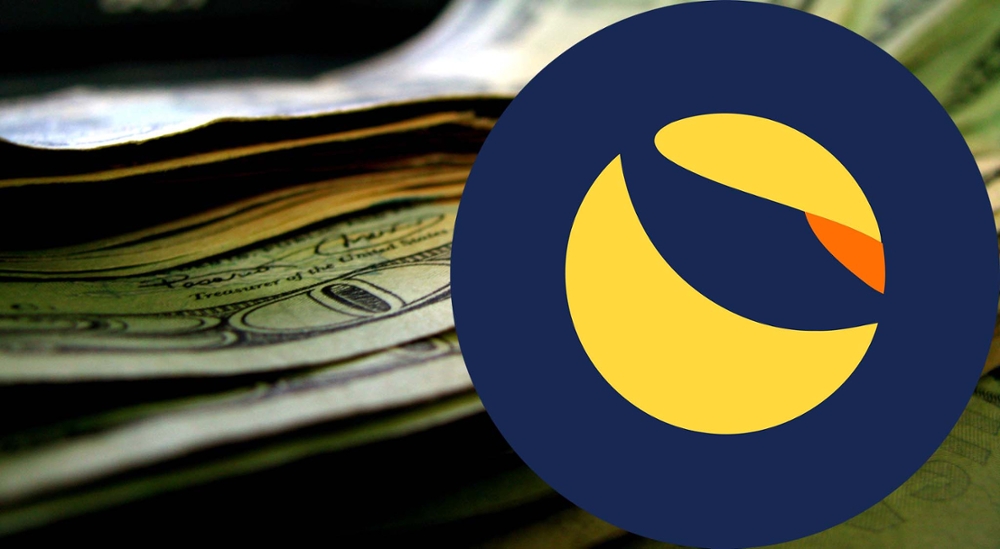FSB professor: Cryptocurrency crash will likely lead to regulations
A stablecoin goes unstable. Billions are lost. Now what?

FSB professor: Cryptocurrency crash will likely lead to regulations
Arthur Carvalho is a busy man. He’s an associate professor of Information Systems and Analytics at the Farmer School of Business at Miami University. And even though it’s summer, he’s prepping for fall classes and working on his research projects.
Lately though, he’s also been spending a lot of time on Twitter.
“I spend so much time in front of Twitter, because that's the ‘official’ channel when it comes to cryptocurrencies, trying to understand what happened, what the problem was, what caused the problem,” he said. “I mean, the problem was easy to understand, but it's a matter of trying to understand what literally caused the problem.”
The problem was the collapse of a particular cryptocurrency called terraUSD (UST), one of several cryptocurrencies known as a “stablecoin,” and its related token, Luna. “The best way to think about this will be two pools of money. One will be the stablecoin and the other one will be the token, and they have kind of an inverse relationship. When the volume of one goes up, ideally the volume of the other one will go down and vice versa,” Carvalho said. Luna can be purchased for real money, and then the token can be ‘burned’ into UST, which could then be used for storing the money or to purchase other cryptocurrencies.
Stablecoins are generally pegged to the U.S. dollar or the Euro by having collateral assets – hard currency or metals – to back it up. This works because the dollar and euro don’t change value much at all, which prevents volatility. But UST doesn’t work that way, Carvalho said, instead relying on an algorithm that controls money supply and helps keep it stable.
What happened this month, he said, was the cyber equivalent of a run on the bank. But it started with what might sound to most people like a minor event – a two-cent drop in value caused when someone exchanged 85 million coins. “At this point, you can look at this from two different angles. One, there's an opportunity there -- someone can make some money via arbitrage (the simultaneous purchase and sale of the same asset in different markets in order to profit from tiny differences in the asset's listed price). That's one way to look at it,” Carvalho said. “The other way that many would look at this is, ‘It's breaking. The whole thing is collapsing now because the pegging of the currency went down big time.’ So what happens from this point on is what we call the bank run. Suddenly, people are think, ‘Oh, I have all my money in USTs. I have to very quickly take these USTs and transform to Luna so that I can sell and get my dollars back.’ And that's precisely what happened.”
As people moved their UST to Luna, the sheer amount of Luna that existed climbed from less than a billion tokens into several trillion – tokens that no one was buying. That in turn caused the price to fall more than 99%, as did the price of UST. These actions caused other more well-known cryptocurrencies to lose value as confidence in the crypto market was shaken. At one point, according to news outlets, it was estimated that more than $40 billion in UST value simply evaporated, and as much as $300 billion lost across the cryptocurrency market.
If there’s a run on a bank, the bank can monitor the situation and take actions, such as limiting withdrawals or closing its doors. But in cryptocurrency, Carvalho said, the market is open 24/7 and there is no regulatory agency keeping tabs. “In traditional financial systems, consumers have some guarantees. If there's a bank collapse, the Federal Reserve or the FDIC can give you some financial guarantees. There's no such thing in crypto. So there were people going on Twitter saying ‘I lost $25,000, I lost my life savings,’” he said. “That's what we call the death spiral. When it happens in the crypto world, it happens really fast, really, really quickly.”
Carvalho said that the result of this collapse may well be something new for cryptocurrency – regulations. “I believe there’s going to be tons of regulations. It's not going to take months, it's going to be a matter of weeks before people in the US and other countries start coming together and putting a regulatory framework around stablecoins, understanding how they work, how algorithmic pegging systems should work, collateral guarantees that should be in place, and protection for consumers,” he said.
Despite the free-wheeling, anti-establishment nature of some who invest in and create cryptocurrencies, Carvalho said that having regulations could bring benefits that would outweigh the costs, such as banks creating coins or tokens that would speed the process of moving money across borders. “On the one hand, having regulations will go against the traditional ideology behind cryptocurrencies of having money that is outside the scope of the government, broadly speaking,” he said. “But at the same time, I believe that will bring more players and will prevent bad things from happening with end customers losing a lot of money because of scams or because of bad implemented projects.”